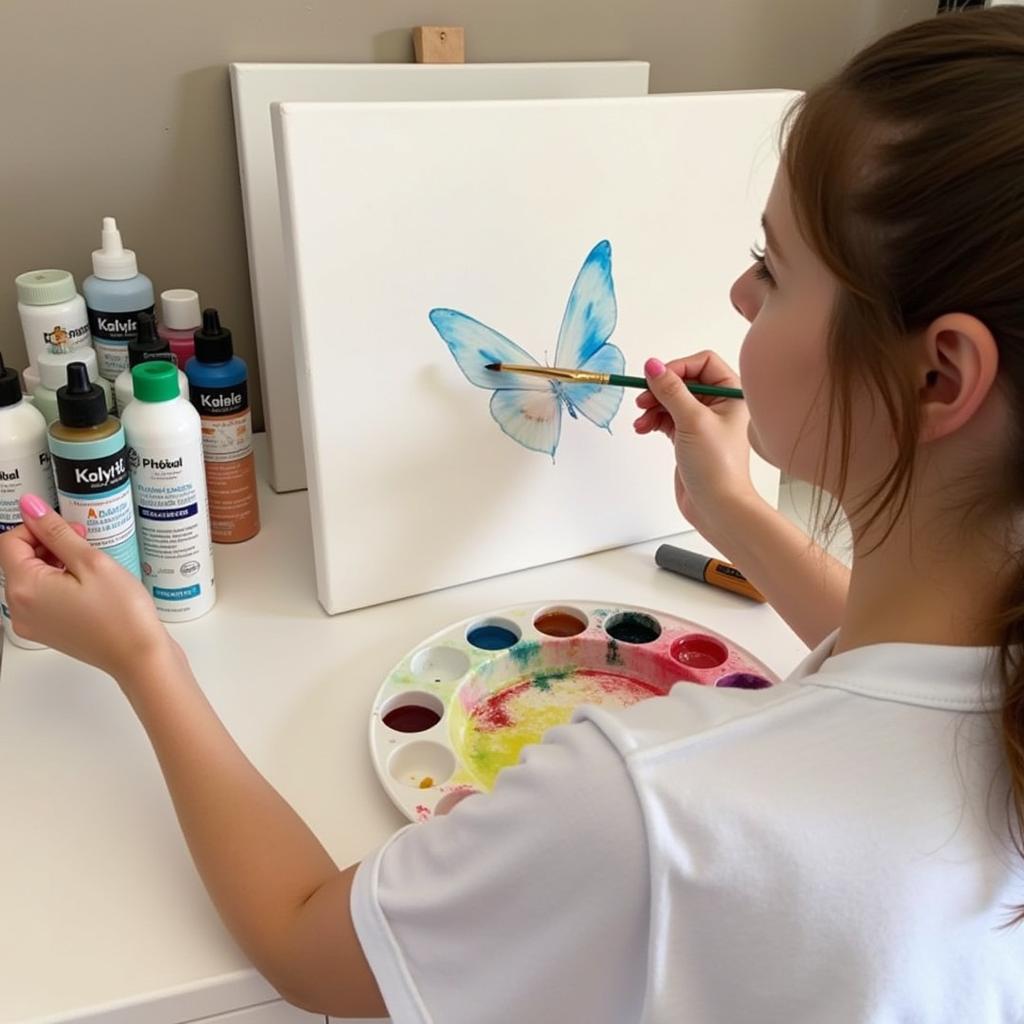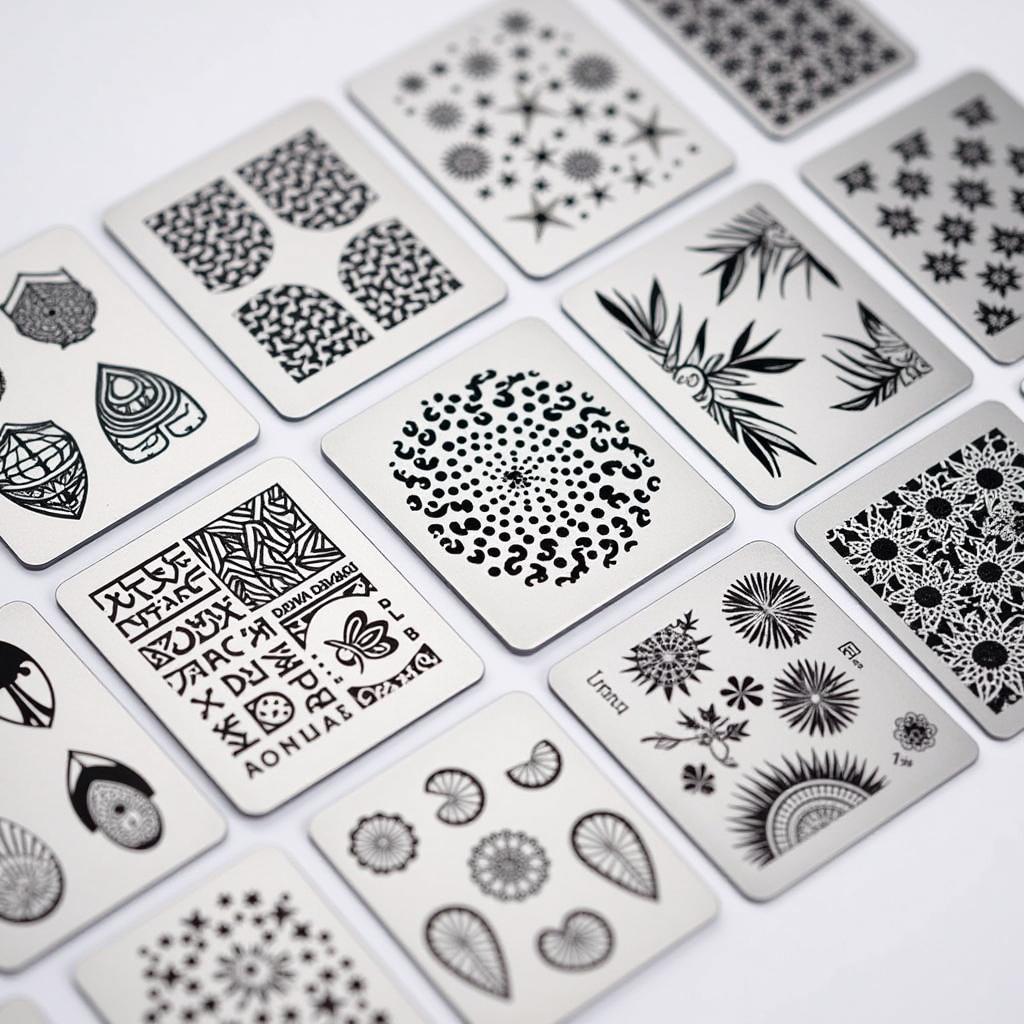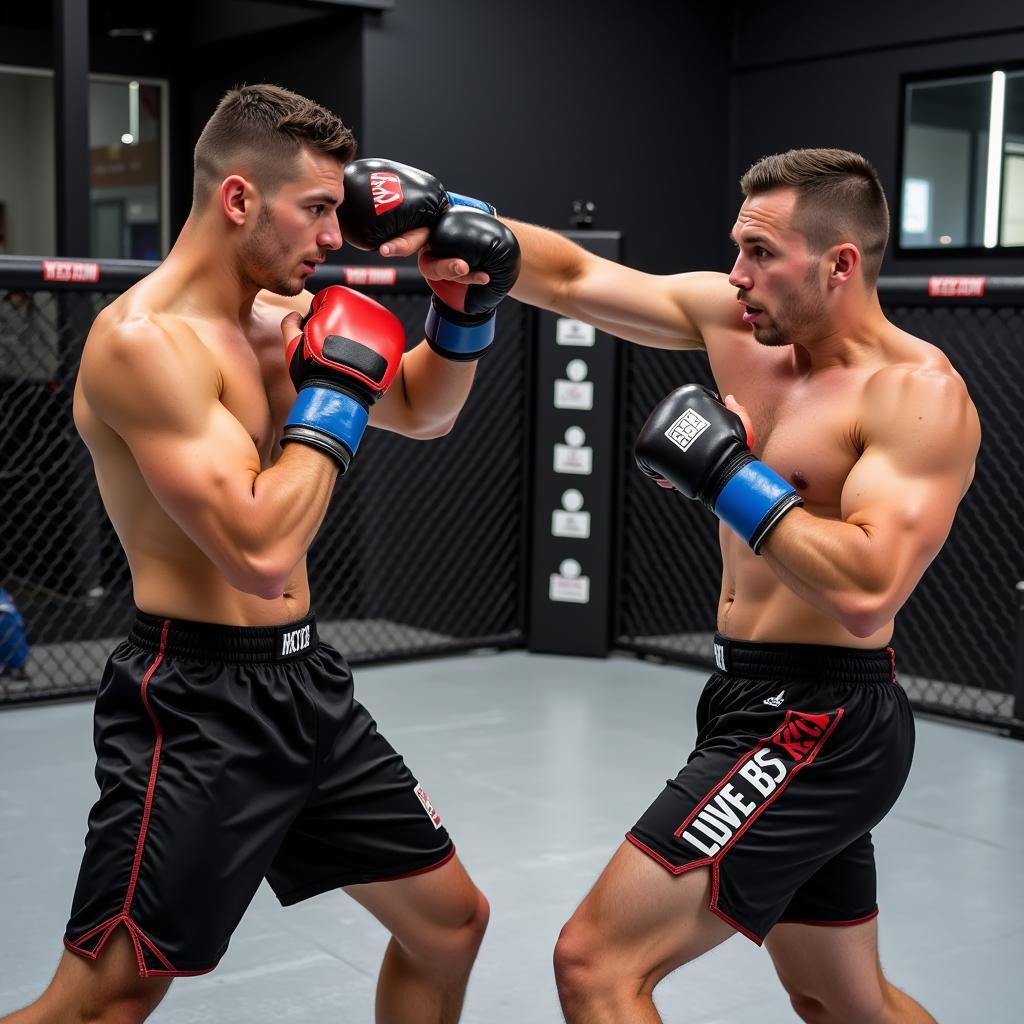Mastering Highlighting in Art: Techniques and Tips
Highlighting In Art is a fundamental technique that breathes life and dimension into your creations. It involves strategically placing lighter values or colors to represent the areas where light directly hits a subject. Whether you’re a seasoned artist or just starting your creative journey, understanding the nuances of highlighting can significantly elevate your work. This article delves into the world of highlighting, exploring various techniques, tips, and its importance across different art forms. After reading this, you might be inspired to view some chicago map art.
The Power of Highlighting: Why It Matters
Highlights are more than just bright spots; they’re the key to creating the illusion of form, texture, and depth. They guide the viewer’s eye, emphasizing the subject’s shape and its relationship to the light source. Without highlights, artwork can appear flat and lifeless, lacking the dynamism that captures the essence of reality or the artist’s vision. Highlighting adds realism and drama, making your art pop off the page or canvas.
Types of Highlighting Techniques
Different techniques achieve various effects, from subtle sheen to dramatic brilliance. Here are a few popular highlighting methods:
- Dry brushing: A light, feathery application of paint over a dry layer creates a soft, diffused highlight, perfect for depicting textures like fur or fabric.
- Layering: Gradually building up thin layers of paint allows for precise control over the intensity and placement of highlights, resulting in a luminous and realistic effect.
- Scumbling: Applying a thin layer of opaque or semi-opaque paint over a dried layer, allowing some of the underlying color to show through, creates a textured highlight often used in landscapes and portraits.
- Blending: Smoothly transitioning from light to dark values creates a seamless highlight that defines the contours of the subject.
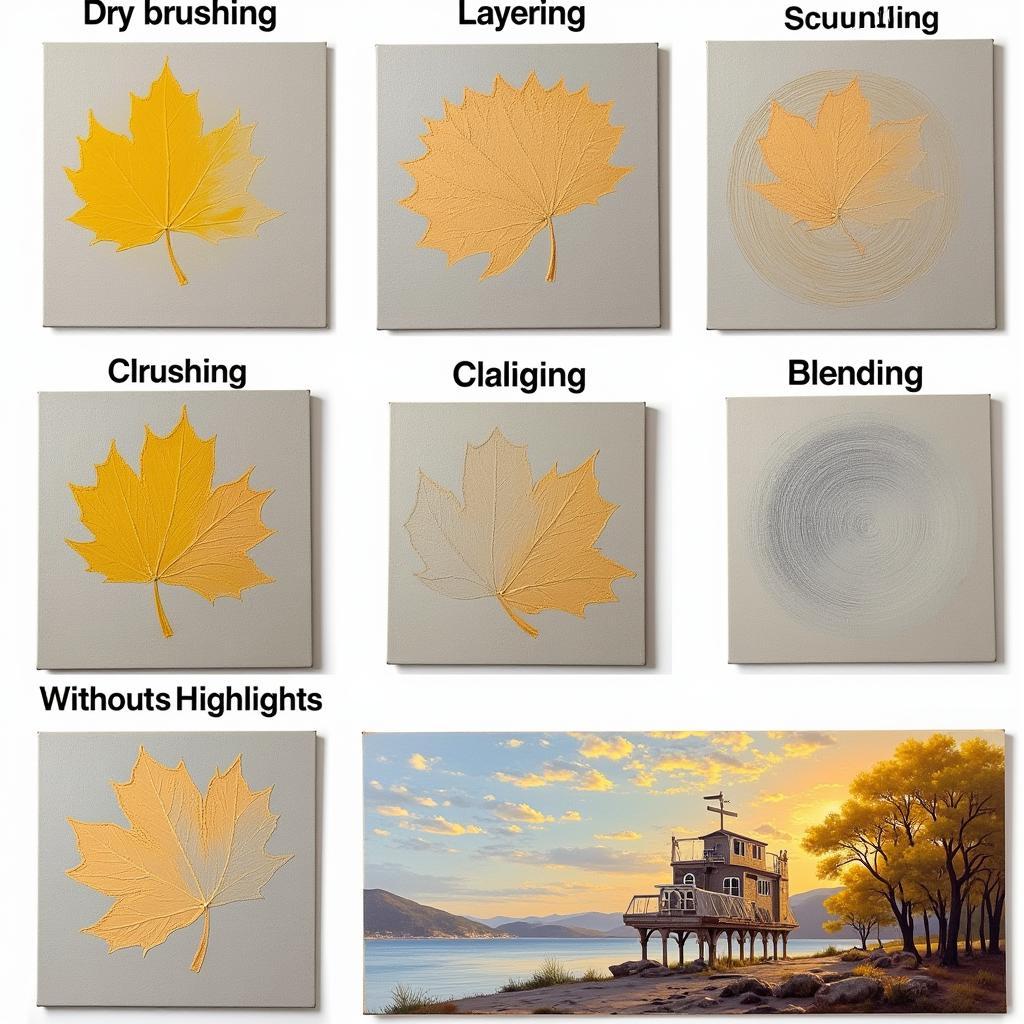 Different Highlighting Techniques in Painting
Different Highlighting Techniques in Painting
Choosing the Right Medium for Highlighting
The medium you choose plays a crucial role in how you approach highlighting. Each medium offers unique possibilities and challenges.
Highlighting in Painting
From oils and acrylics to watercolors and gouache, each paint type has specific characteristics that influence highlighting techniques. Oil paints offer excellent blending capabilities, while acrylics dry quickly, allowing for layered highlights. Watercolors require a more delicate approach, using the white of the paper or masking fluid to preserve highlights.
Highlighting in Drawing
Pencil, charcoal, and pastels each offer unique ways to create highlights. Pencil allows for precise and controlled highlights, while charcoal’s rich blacks create dramatic contrast. Pastels provide vibrant color and allow for blending and layering. It might be time to check out the Westhampton art show 2023.
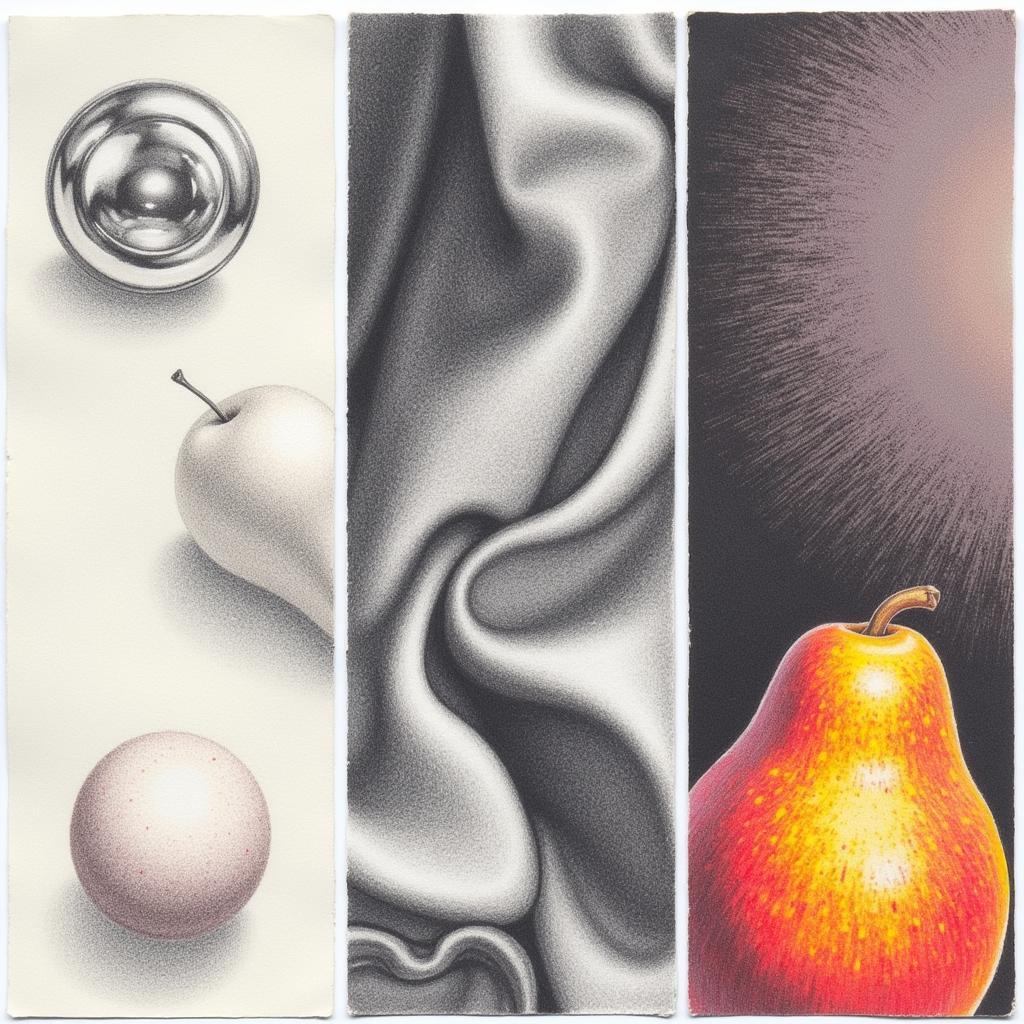 Highlighting with Different Drawing Mediums
Highlighting with Different Drawing Mediums
Common Highlighting Mistakes and How to Avoid Them
Even experienced artists can fall prey to common highlighting pitfalls. Here’s what to watch out for:
- Over-highlighting: Too much highlighting can make your subject appear flat and washed out. Strive for a balance between light and shadow.
- Incorrect placement: Misplaced highlights can distort the form and make the light source appear illogical. Carefully observe your subject and consider the direction of the light.
- Using pure white: While white can be used for highlights, it’s often too stark and unnatural. Consider using lighter tints of your base color to create more harmonious highlights.
How Does Highlighting Enhance Your Artwork?
Highlighting isn’t merely a technical aspect; it’s a powerful tool for storytelling and conveying emotion. Highlights can draw attention to key elements, create a sense of drama, or evoke a specific mood. They bring depth and realism to your art, making it more engaging and captivating for the viewer. Perhaps you would be interested in reading more in art and auction magazine.
Expert Insights on Highlighting
Renowned artist, Anya Petrova, emphasizes the importance of observation: “The key to mastering highlighting lies in carefully observing how light interacts with different surfaces. Don’t just paint what you think you see, but what you actually see.”
David Chen, a master of digital painting, adds, “Experiment with different highlighting techniques and mediums to find what works best for you. There’s no one-size-fits-all approach.”
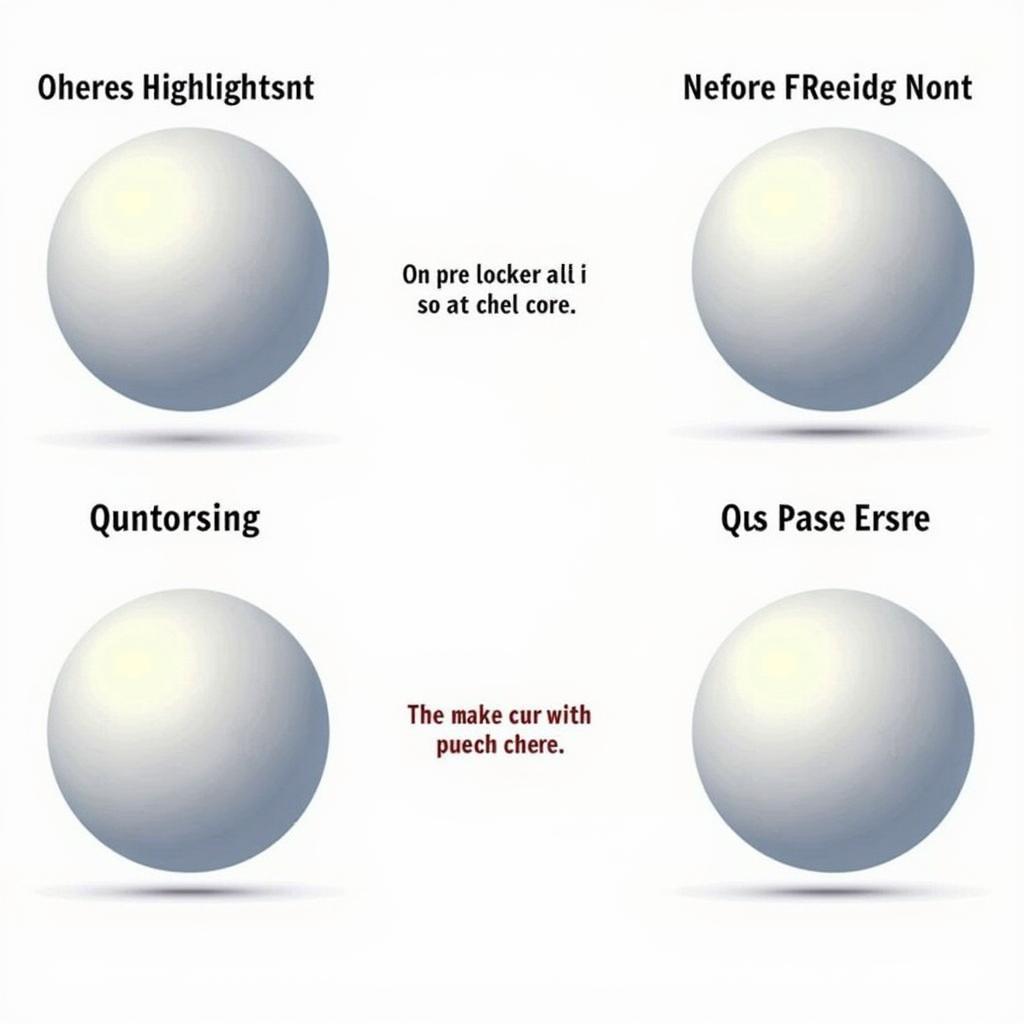 Common Highlighting Mistakes and Corrections
Common Highlighting Mistakes and Corrections
Conclusion
Highlighting in art is a critical element that brings your creations to life. By understanding the principles of light and shadow and applying various techniques, you can enhance the depth, realism, and emotional impact of your work. Practice and experimentation are key to mastering this essential skill. Remember to observe carefully, choose the right medium, and avoid common pitfalls to elevate your art to the next level. Highlighting is not just about creating bright spots; it’s about capturing the magic of light. You may even want to peruse some metal coyote yard art or explore ideas for food canvas art.
FAQ
-
What is the purpose of highlighting in art? Highlighting creates the illusion of form, texture, and depth by representing where light directly hits a subject.
-
What are some common highlighting techniques? Dry brushing, layering, scumbling, and blending are popular highlighting techniques.
-
What are some common highlighting mistakes? Over-highlighting, incorrect placement of highlights, and using pure white for highlights are common mistakes.
-
How can I improve my highlighting skills? Careful observation and practice with different mediums and techniques are essential for improving highlighting skills.
-
What is the role of light source in highlighting? The position and intensity of the light source dictate where and how highlights should be placed on the subject.
Common Scenarios
-
Scenario 1: Painting a still life: Consider the direction and intensity of the light source to determine the placement and intensity of highlights on the objects.
-
Scenario 2: Drawing a portrait: Use subtle highlights to define the contours of the face and capture the shine of the skin or hair.
Further Exploration
Explore articles on specific highlighting techniques for different mediums, such as “Mastering Highlights in Watercolor” or “Creating Realistic Highlights with Colored Pencils.”
If you need assistance, please contact Phone Number: 02462573573, Email: danteum@gmail.com Or visit us at Savico Megamall, 7-9 Đ. Nguyễn Văn Linh, Gia Thụy, Long Biên, Hà Nội 10000, Việt Nam. We have a 24/7 customer service team.
